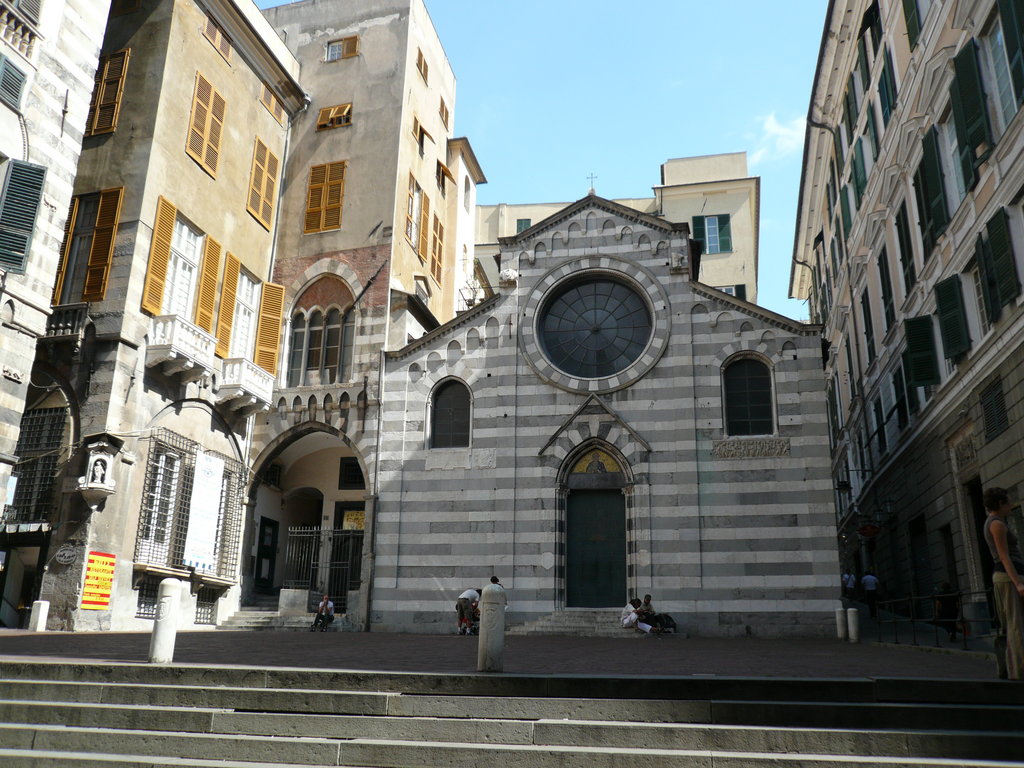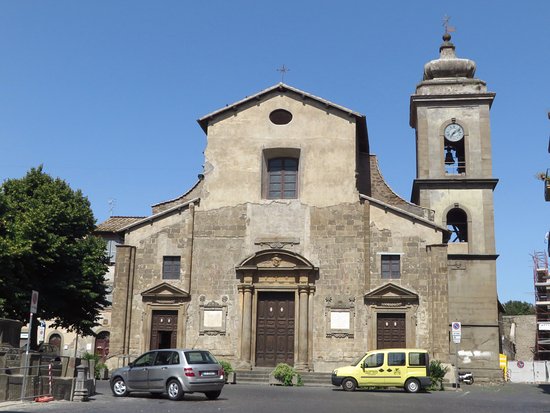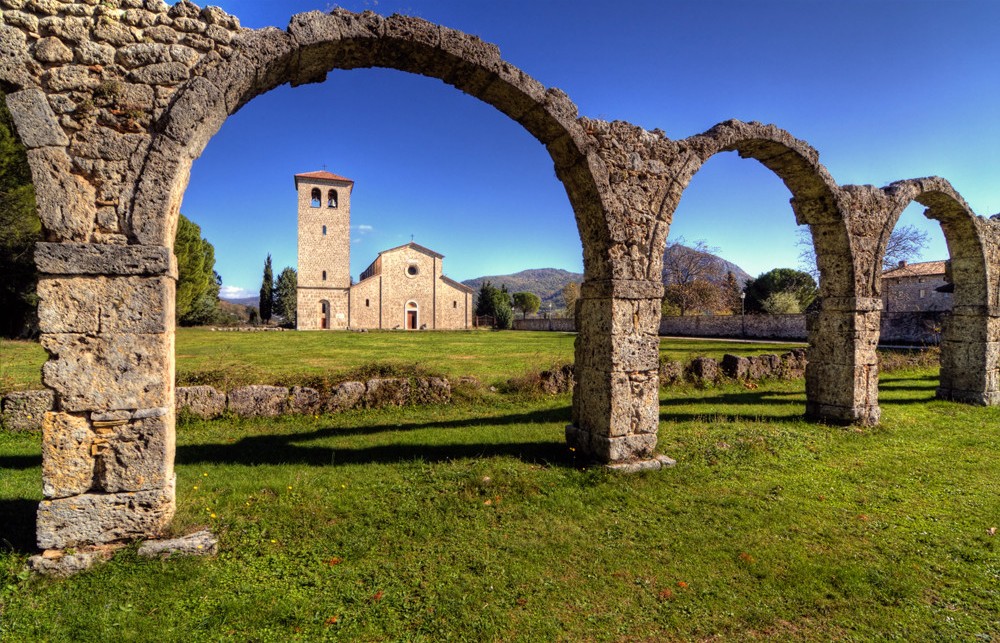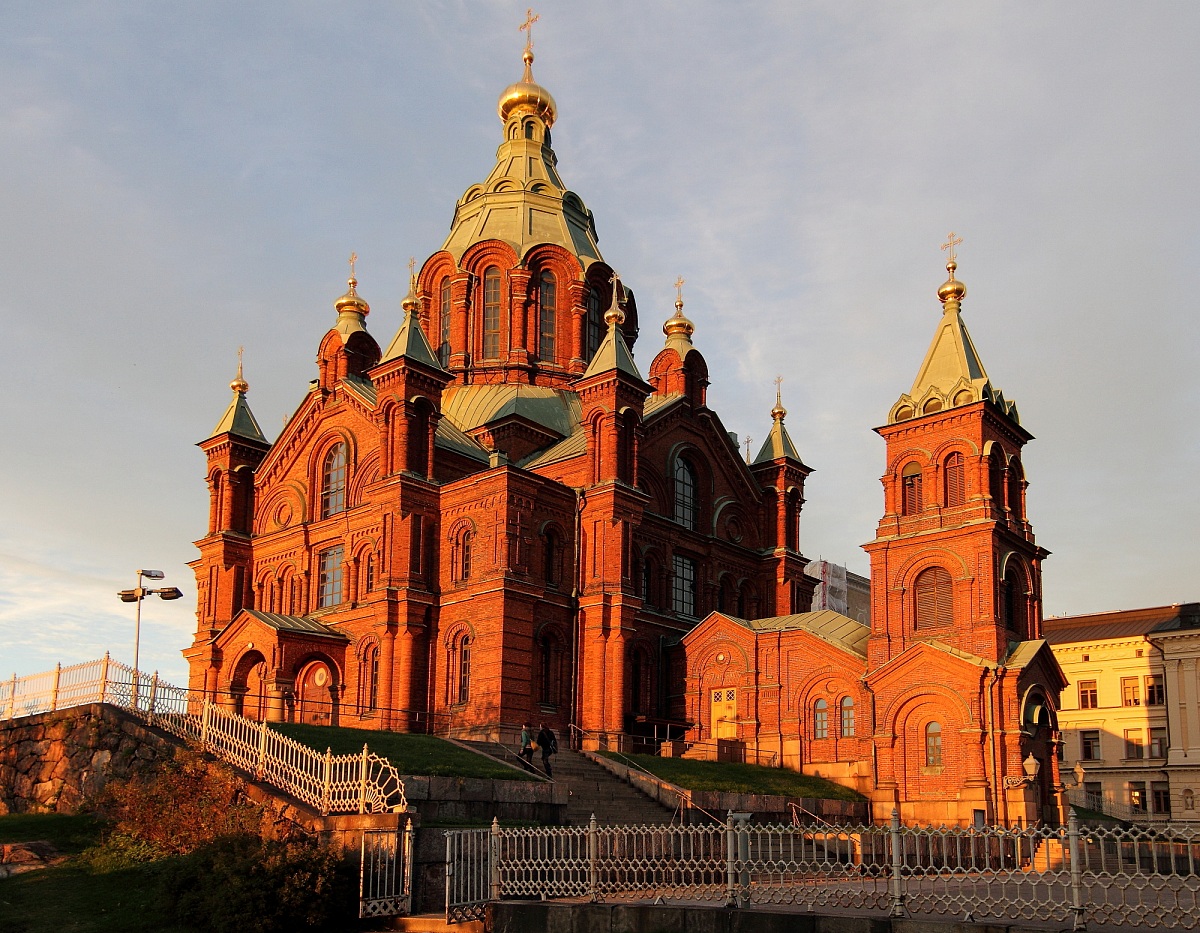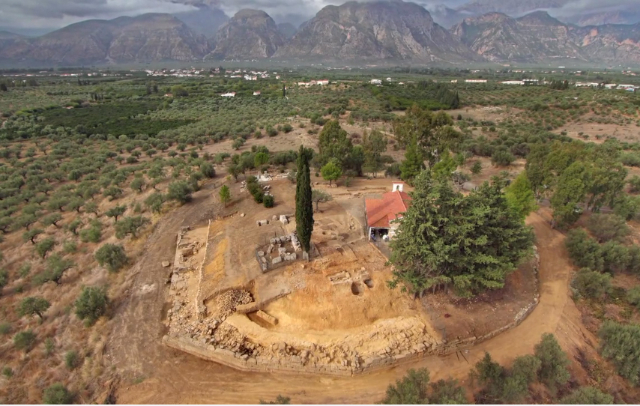The Church of San Matteo, which the Doria family had built as their own chapel, overlooks the small Piazza San Matteo in Genoa. With the 16th century renovation, the interior, with three naves, has almost completely lost its original Gothic character, of which only the four pointed arches at the base of the dome remain, supported by two pillars towards the presbytery and two columns towards the naves. The central nave is separated from the side aisles by columns. The chancel, the altar with trophies, the two pulpits and the urns of the presbytery are attributed to Silvio Cosini and Giovanni Angelo Montorsoli.
All the decorations present can be traced back to the sixteenth-century renovation. In the vault of the nave we find the Miracle of the Ethiopian dragon by Luca Cambiaso and the Vocation of Saint Matthew by Giovanni Battista Castello. On the altar to the right of the high altar there is a painting of the Holy Family with Saint Anne by Bernardo Castello, from the 16th century; on the left altar, Christ among the Saints and the Donors by Andrea Semino.
On the walls of the presbytery are the marble arches of Saints Pelagius and Maximus, patron saints of Novigrad, in Istria, whose relics were supposedly brought to Genoa by Gaspare Spinola in 1381. Under the high altar there is a sword that belonged to the "Father of the Homeland" Andrea Doria, given to him, according to the tradition, by Pope Paul III.
In a niche of the left aisle there is a Deposition of Jesus in the sepulchre, a polychrome wooden sculpture by Anton Maria Maragliano, while the statues in the niches of the apse (Pietà, inspired by Michelangelo, David, Jeremiah, S. Giovanni Battista, and Sant’Andrea. John the Baptist, and St. Andrew) are by Montorsoli, who also designed the crypt under the choir, with the vault in gilded stuccoes, accessed by a marble staircase, which houses the tomb of Andrea Doria, also by the same artist.
